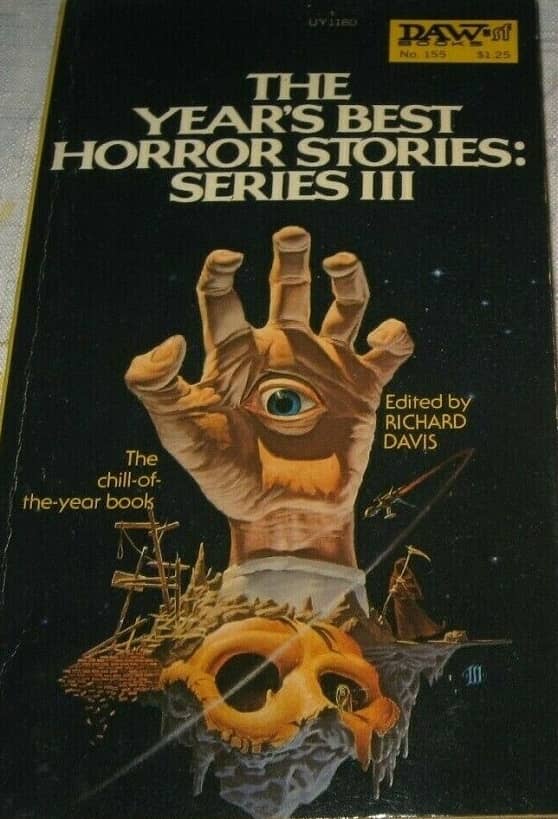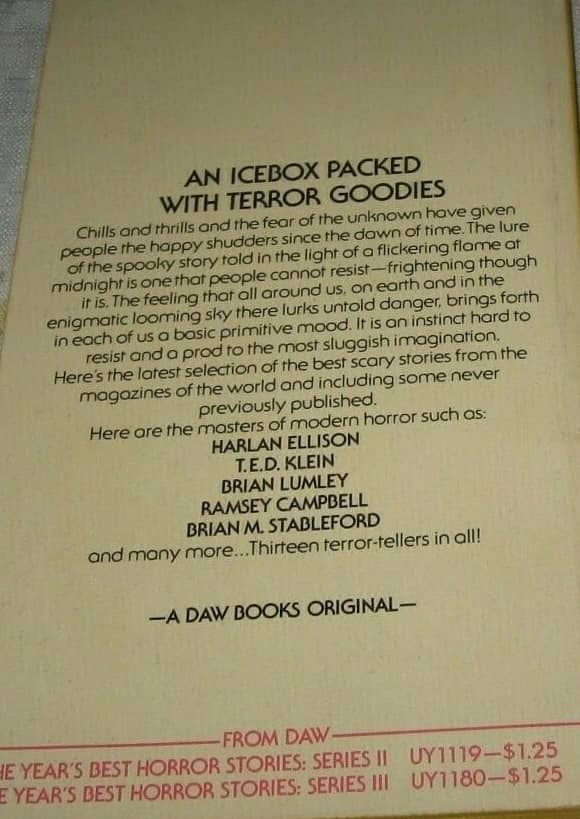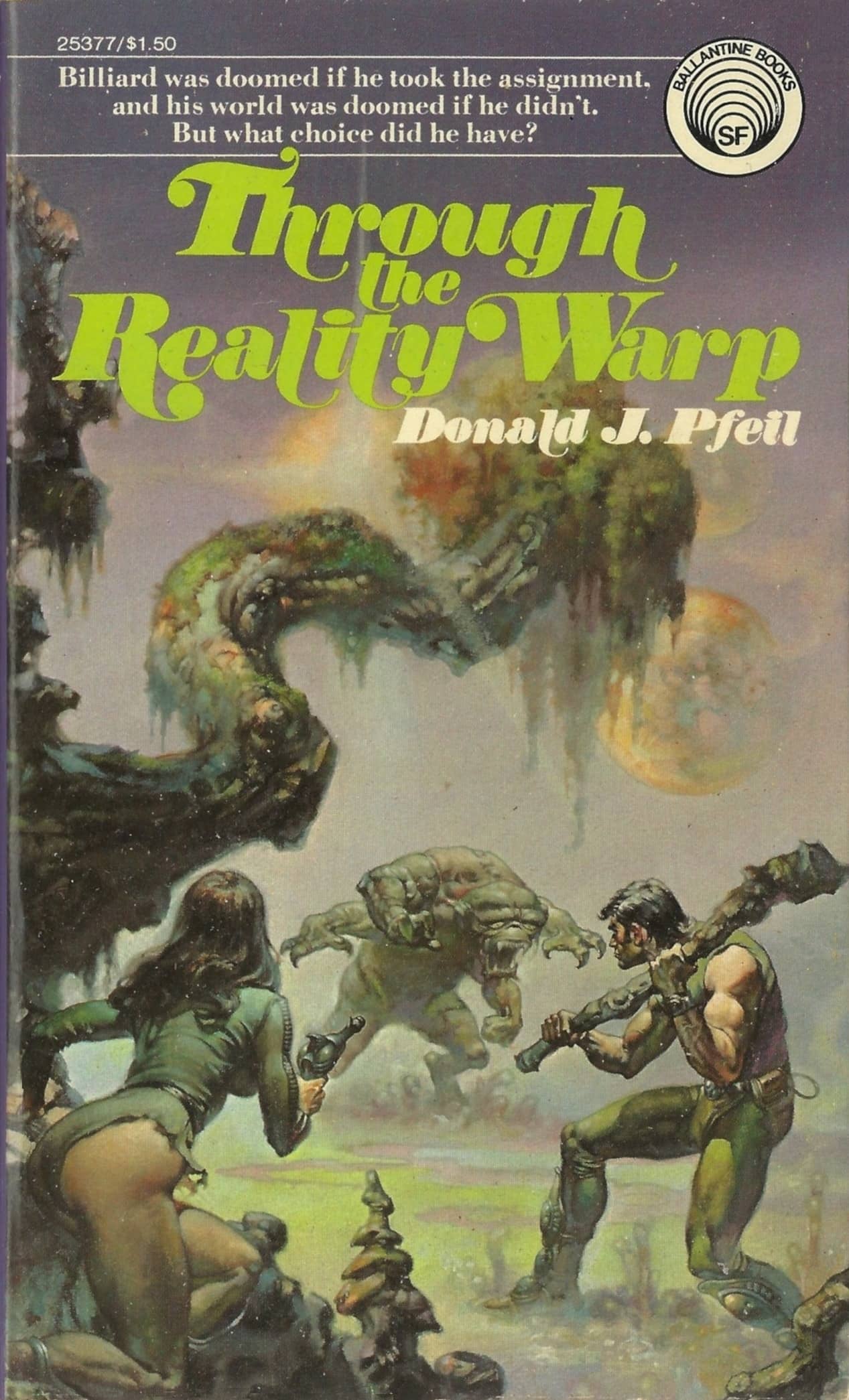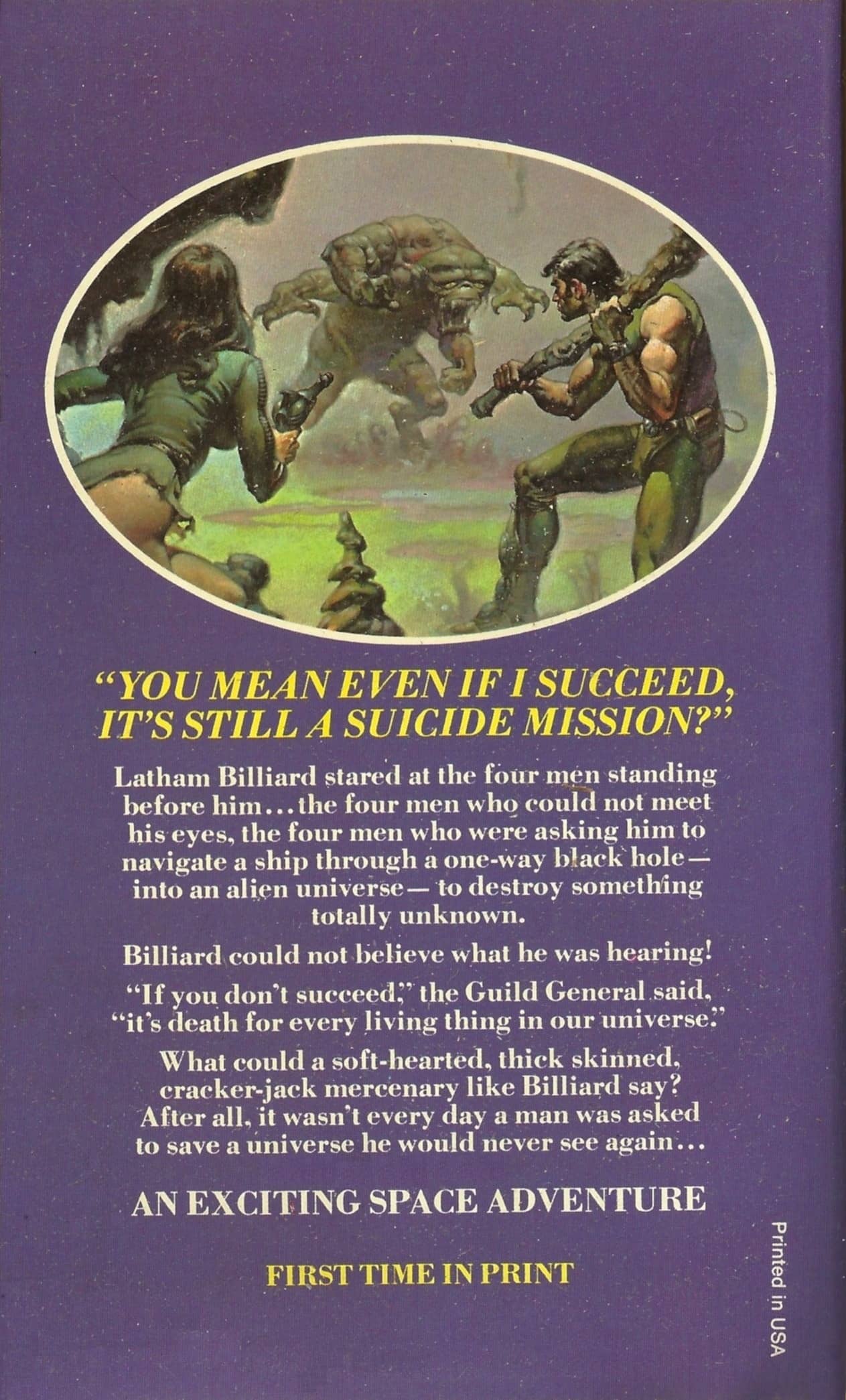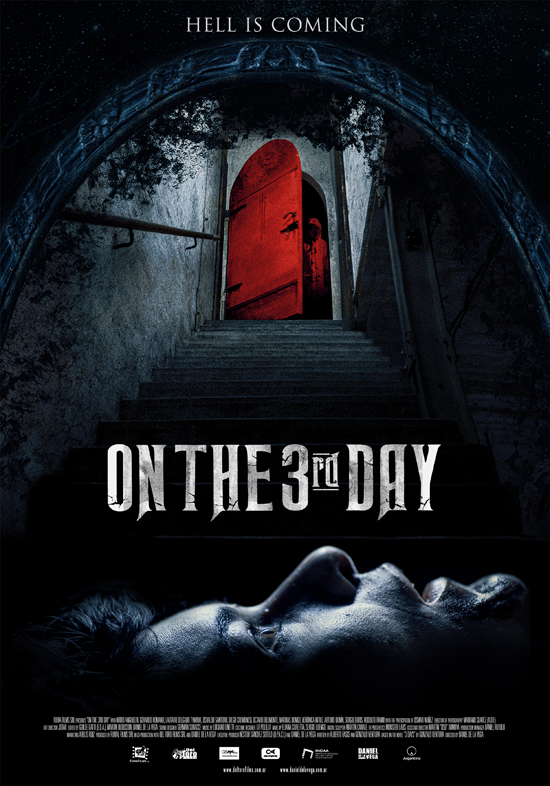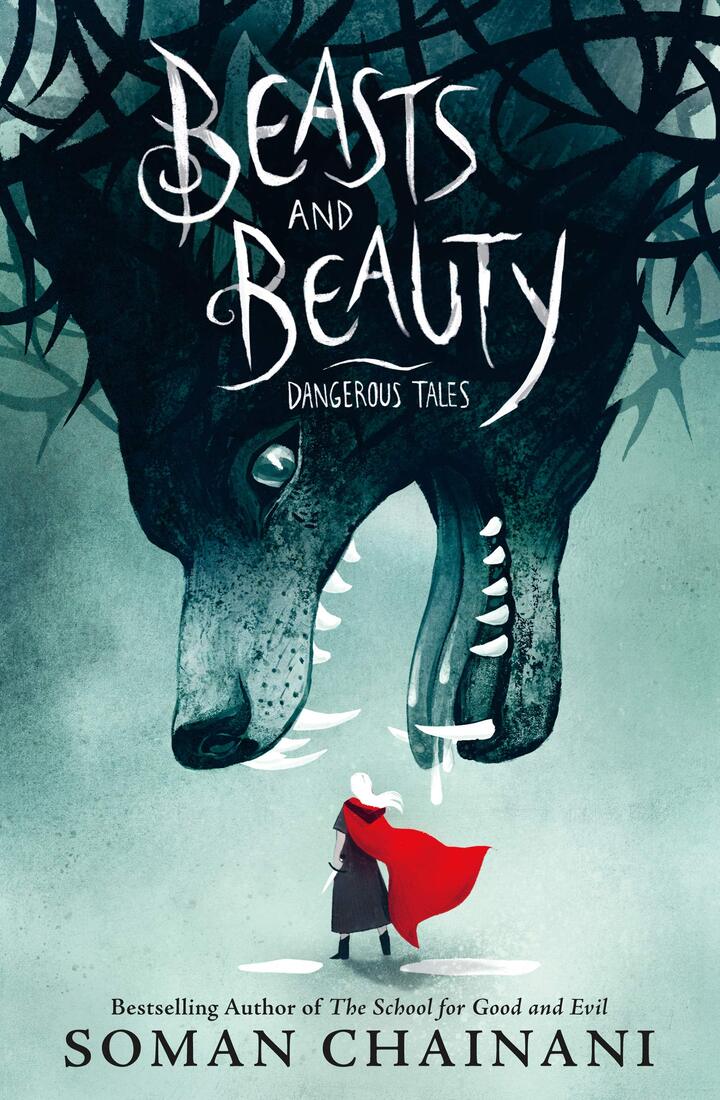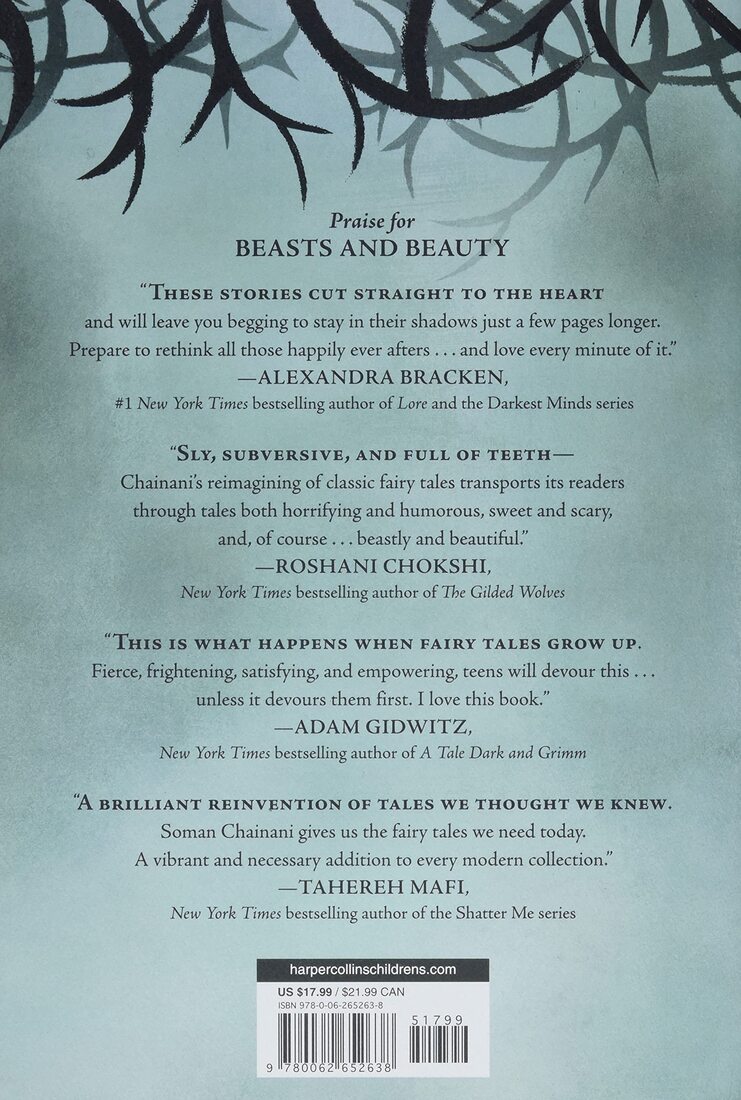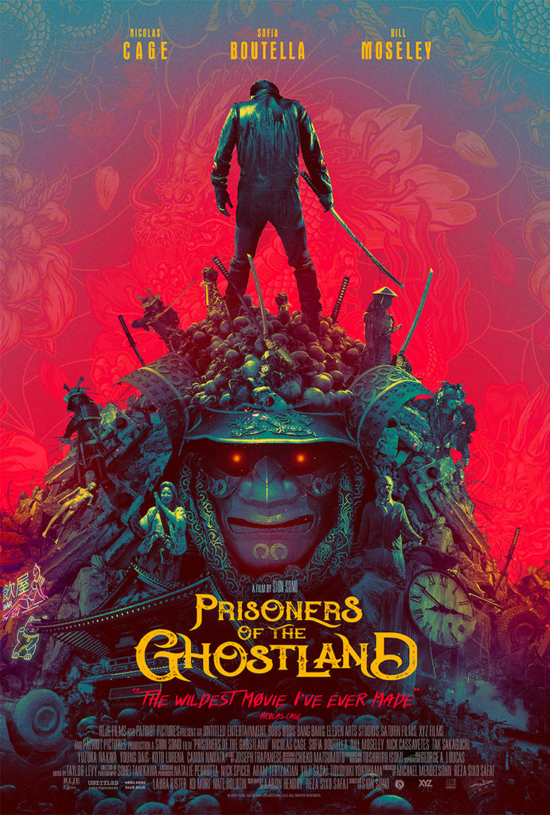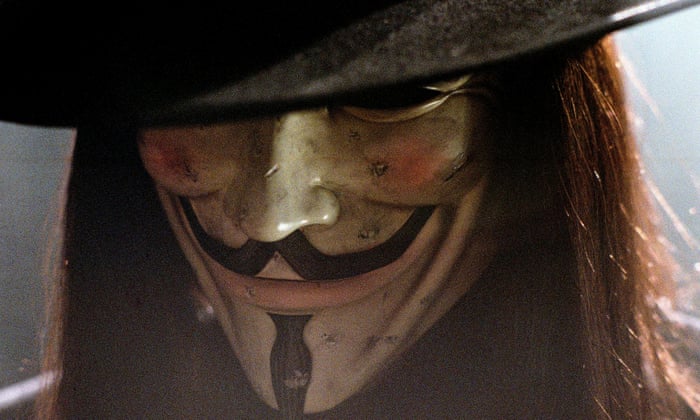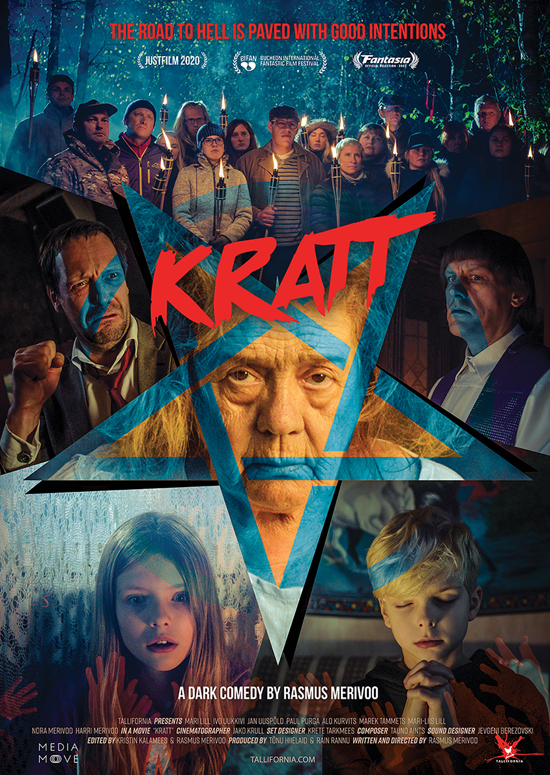Fantasia 2021, Part LXIV: Time
 Out of Hong Kong comes Time (殺出個黃昏, Shā chū gè huánghūn), a film by Ricky Ko about a trio of elderly assassins. Written by Ching Yi Ho and Ka Tung Lam, it’s a character-based drama far more than it is an action movie, though it does start and end with action scenes. It’s also a showcase for some veteran Hong Kong actors, notably Petrina Fung Bo Bo (who the Fantasia program notes tell me was known as “the Shirley Temple of Hong Kong”) and 1950s movie star Patrick Tse; as the title hints, the film is a story about the progress of time and the situation of the elderly.
Out of Hong Kong comes Time (殺出個黃昏, Shā chū gè huánghūn), a film by Ricky Ko about a trio of elderly assassins. Written by Ching Yi Ho and Ka Tung Lam, it’s a character-based drama far more than it is an action movie, though it does start and end with action scenes. It’s also a showcase for some veteran Hong Kong actors, notably Petrina Fung Bo Bo (who the Fantasia program notes tell me was known as “the Shirley Temple of Hong Kong”) and 1950s movie star Patrick Tse; as the title hints, the film is a story about the progress of time and the situation of the elderly.
Decades ago, Chau (Tse), Fong (Fung), and Chung (Suet Lam) were a team of assassins for hire. As the film begins, Fong’s decided to get the band back together. She’s found a new business opportunity: providing quick merciful deaths to the elderly in Hong Kong who have decided to end their lives in a world that they feel has no more place for them. Chau, the martial-artist and knife expert who does the actual killings, is at first repulsed but soon decides that it’s for the best that he provide clean ends for people who will kill themselves one way or another. But then the group’s contacted by a 16-year-old, Tze Ying (Suet-Ying Chung), who sees no future for herself and so is determined to hire their services.
Chau ends up taking her under his wing, only to find out that she has very real problems. Meanwhile, Fong’s son and daughter-in-law are scheming against her. And Chung’s lost his heart to a prostitute (Belinda Yan Zi-fei) who appreciates him as a client but has no desire for a non-professional relationship. These stories weave around each other, making for an elegant plot that shows us the leads as a group and as individuals.
